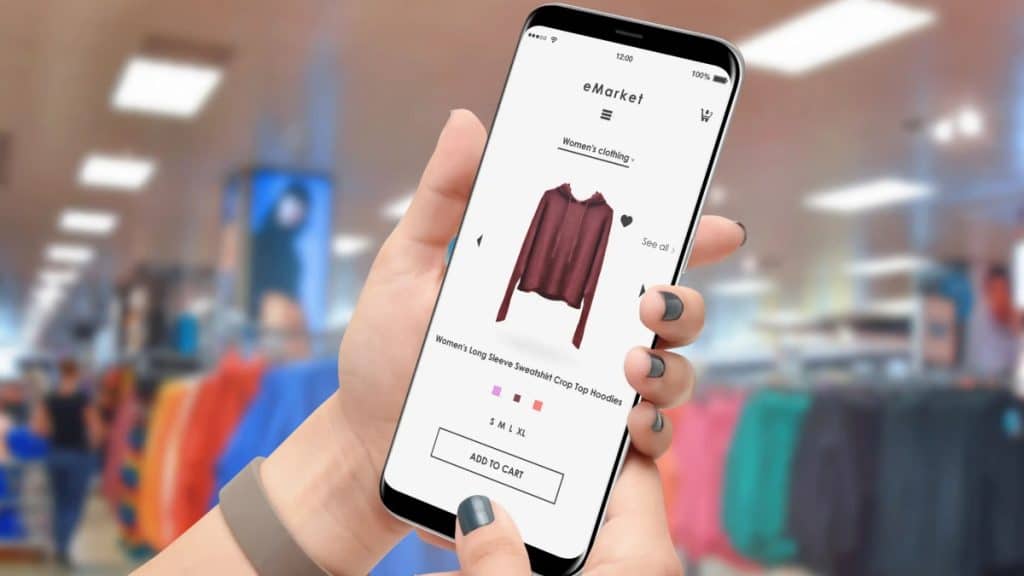A successful BigCommerce app demands creativity, strategic planning, and proper execution. Every step in the process of concept creation plays a crucial role, as every aspect of an app has the potential to meet the needs of users. Thus, understanding each phase is equally significant to lead the process. But what does it take to develop a successful BigCommerce app? Let’s take a journey through the different phases of BigCommerce app development and understand the process from concept to creation.
In this blog post, you will explore the key stages of BigCommerce app development and how it can benefit you at each level.
Step-by-Step BigCommerce App Development Process
Step 1: Understanding the Purpose
The journey starts with clearly identifying the purpose of the BigCommerce app. The aim could be anything—whether to improve the user experience, organize ecommerce processes, or act upon innovative features. The goal serves as the foundational step.
At this point, both developers and stakeholders collaborate effectively. They first recognize the target audience, examine market trends, and establish the unique selling points that will make the app stand out. For example, in B2B BigCommerce development, understanding the specific needs of business buyers, such as bulk ordering or customized pricing, can significantly influence the app’s design and functionality.
Step 2: Planning and Design
After defining the objective, thorough research on market trends becomes imperative. In the competitive world of BigCommerce app development, understanding user pain points and analyzing competitor apps are essential. These insights ensure that your app stays relevant and innovative.
The user experience (UX) and user interface (UI) design contribute significantly to an app’s success. Designers should focus on creating intuitive navigation, aesthetically pleasing layouts, and features that align with the app’s intended purpose. For instance, a B2B BigCommerce app may prioritize seamless catalog browsing and quick reordering functionalities.
Step 3: Development
The actual development phase begins when the concept is transformed into a tangible BigCommerce app. This phase involves coding, integrating necessary APIs, and ensuring that the app functions seamlessly.
The development phase depends on several factors, such as app complexity, integration requirements, and testing standards. Having an experienced team is crucial, as they can write clean code, handle complex integrations, and collaborate effectively to overcome challenges. Regular testing and debugging during this stage help identify and resolve issues early.
Read Also: 10 Questions to Ask a Custom Software Development Agency in Your First Meeting
Step 4: Testing
Thorough testing is crucial to identify and rectify any bugs, glitches, or usability problems. This phase involves functional and user testing to ensure the app performs well across various devices and platforms.
User feedback is invaluable during this stage, as it provides insights to enhance the app further. Testing ensures the app meets performance and usability standards, creating a seamless experience for users.
Step 5: Deployment
Once the app has undergone rigorous testing and refinements, it’s ready for deployment on the BigCommerce platform. This involves submitting the app to app stores, such as Google Play and Apple App Store, for review and approval.
A smooth deployment process ensures users can easily access and download the app. Developers must focus on security, compatibility, and performance during this phase to guarantee a positive user experience.
Step 6: Measuring Performance
After deployment, monitoring the app’s performance through analytics and data insights is essential. Tracking key metrics like engagement size, conversion rates, and customer behavior provides valuable information for improvement.
This data-driven approach helps developers and stakeholders understand how users interact with the app. It also identifies areas for enhancement, ensuring the app aligns with its initial purpose and user expectations.
Step 7: Scaling and Optimization
As the BigCommerce app gains popularity, it enters a crucial optimization phase. Scaling involves preparing the app to handle increased user loads, optimizing server infrastructure, and addressing performance bottlenecks.
Ongoing optimization focuses on refining code efficiency and maintaining features to satisfy users. These efforts ensure the app remains responsive and reliable as its user base expands.
Step 8: Marketing
Even the most exceptional BigCommerce app won’t succeed without effective marketing. Creating awareness through targeted marketing strategies is crucial.
Utilizing social media channels, email campaigns, and partnerships with influencers can boost the app’s visibility. Highlighting unique features and benefits in marketing materials helps potential users understand the value the app brings to their ecommerce experience.
Step 9: User Feedback and Updates
The journey doesn’t end with the app’s launch. Regular updates and user feedback play a vital role in the app’s long-term success. Customer feedback helps identify areas for improvement and inspires new features.
Regular updates ensure the app remains competitive and relevant in the dynamic ecommerce market. Engaging with the user community fosters loyalty and enhances the app’s reputation.
The Role of B2B BigCommerce Development
In the context of B2B BigCommerce development, the stakes are higher due to the complex requirements of business clients. Features like bulk ordering, custom pricing, and seamless integration with enterprise systems are critical.
Developers must focus on creating scalable solutions that cater to the unique needs of B2B users. For instance, a BigCommerce app tailored for wholesalers might include advanced inventory management, multi-user accounts, and detailed reporting capabilities.
Conclusion
From conceptualization to deployment and beyond, every stage of BigCommerce app development is crucial. Each phase acts as a building block, shaping an app that meets user needs and stands out in a competitive market.
BigCommerce app development is more than a process; it’s a journey that demands pre-planning, technical expertise, and a deep understanding of market potential. Developers who embrace challenges and commit to continuous improvement can create apps that redefine ecommerce experiences.
Read Also: Top Trends in Social Media App Development for 2025
So, take your time, plan every step carefully, and collaborate with experienced BigCommerce developers to ensure a successful app development journey. Whether you’re targeting B2B clients or general consumers, a well-executed BigCommerce app can revolutionize your ecommerce operations and drive long-term success.
